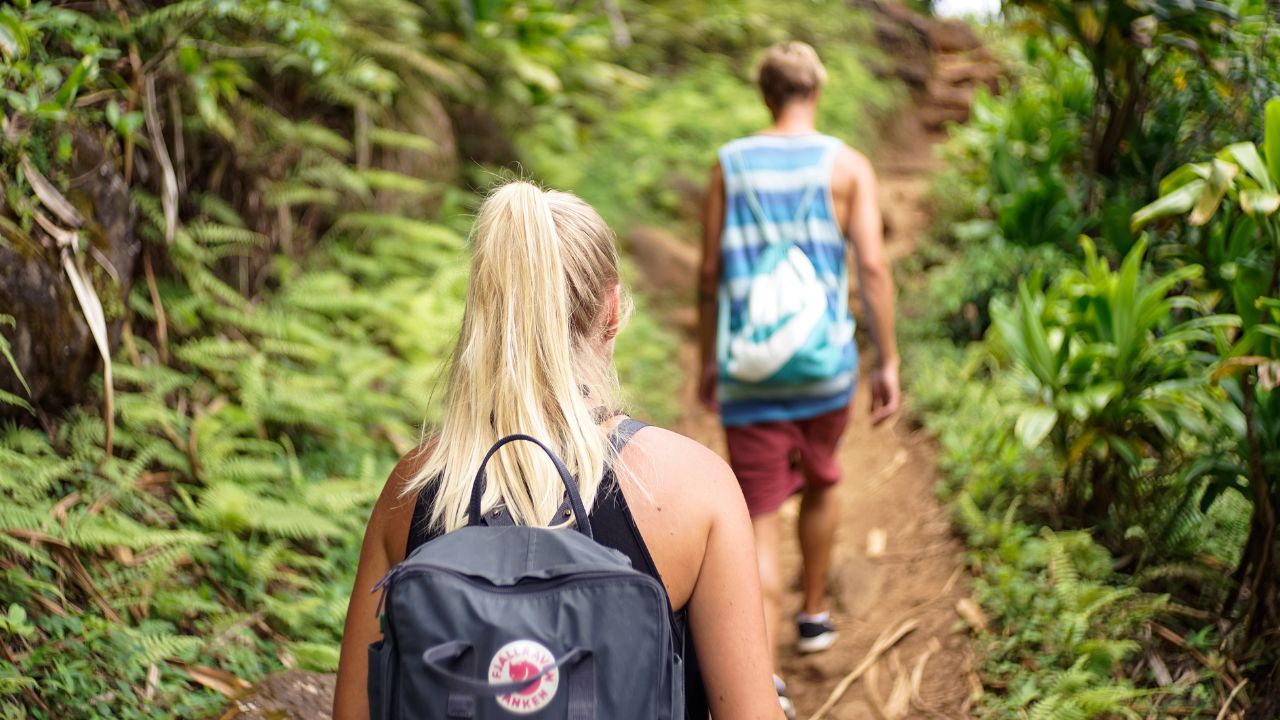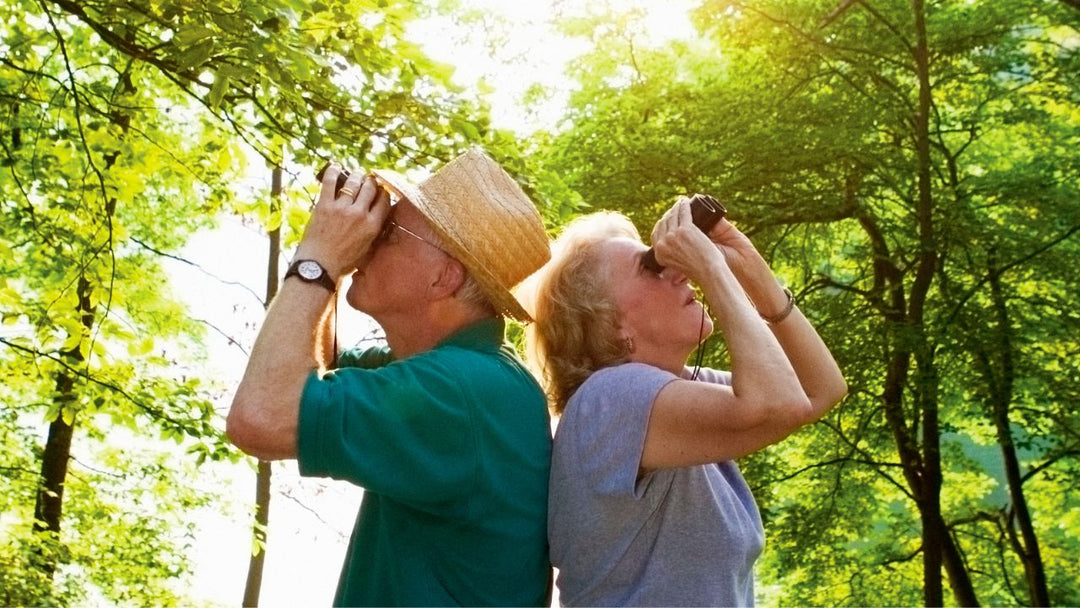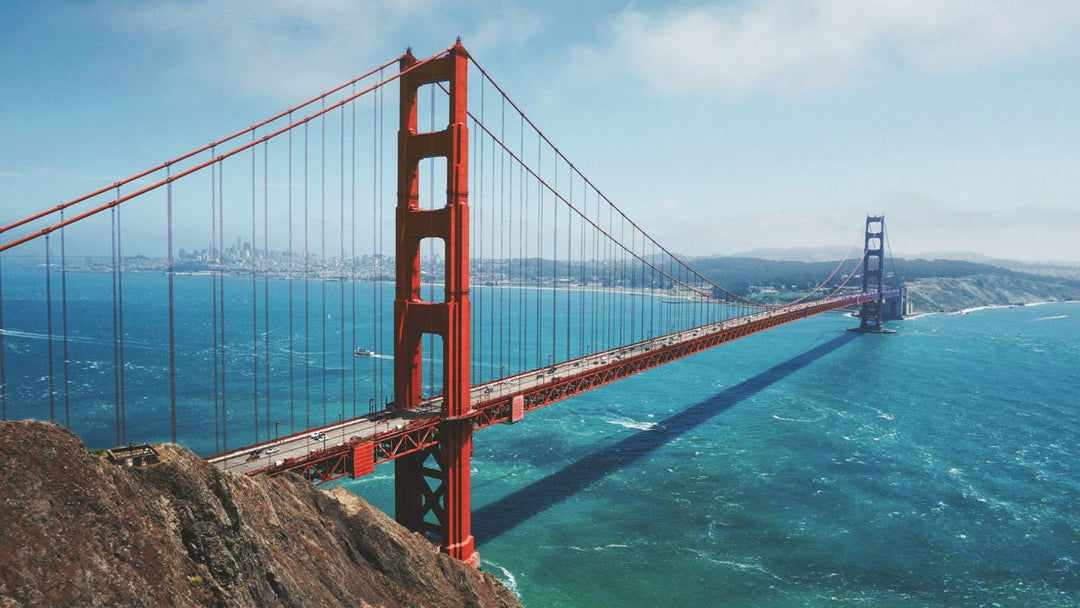Hiking is an excellent method for exploring nature, breaking your limit, and refreshing your soul. But a common but not pleasant thing that many hikers face is chafing. It’s the combination of sweat, repetitive motion, and poorly chosen clothing that can create skin irritation, which then makes even the most scenic hike feel like torture.
In this article, we will discuss what causes chafing, what you can do about it, and why premium fabrics such as Merino wool make hikers best friends. That's where a brand like Merino Protect comes in, making increasingly acclaimed lightweight, breathable and durable Merino wool garments that prevent chafing, all the while improving your hiking experience.
What Causes Chafing While Hiking?
The combination of moisture, heat and friction are the cause of chafing. All of these factors are magnified during physical activity, including hiking where skin continually rubs against clothing or other skin. Key areas prone to chafing include:
● Underarms
● Inner thighs
● Around the backpack straps
● Groin area
The condition can worsen in sweat, in wet weather or with bad clothing choices, which means prevention is key to long extended hikes. When you know the real causes of chafing, you can prevent it and get the most out of hiking.
Common Causes of Chafing While Hiking
1. Friction from Movement
Friction is one of the main chafing causes. While hiking, the movement of your body rubs skin against other skin or against clothing. The most common areas where this is so prevalent are skin folds such as the inner thighs, underarms and the region where the breasts are. As you move more, there is more friction and can cause irritation and chafing.
2. Moisture Accumulation
Chafing has a lot do with moisture. Moist can be sweat or, rain or humidity. Whatever it is, it creates moisture and a more moist environment, makes a more prone to irritation skin exposed to moisture. When skin is wet, it’s softer and more susceptible to the effects of friction. It’s more likely to chafe. For this reason, it’s important to stay dry when hiking.
3. Inappropriate Clothing Choices
Your type of clothing can largely determine your chances of getting chafing. Fabrics such as cotton that do not wick moisture away from your skin trap your sweat, and increase the friction from the fabric to your body. However, moisture-wicking materials, such as polyester or Merino, draw moisture away from the skin to minimize the risk. In fact, inadequate fitting clothing can end up causing too much friction, which results in irritation.
4. Lack of Proper Lubrication
Lubricants are good ways to prevent chafing. Anti chafe balms or petroleum jelly creates a barrier between the skin and clothing, preventing or reducing friction. Having a lubricant in your hiking routine can make a world of difference for your comfort.
5. Body Composition and Skin Sensitivity
The body composition of an individual, as well as the skin’s sensitivity, also comes into with chafing. In areas like your thighs and abdomen, people with more body mass may feel more friction because of skin on skin contact. It’s also worth noting that sometimes the skin can be more sensitive, no matter how body fat it has. Knowing your body and how it needs its space, you can take some preventive measures.
Tips to Prevent Chafing While Hiking
1. Wear Moisture-Wicking Clothing
One of the best things you can do to avoid chafing is to wear moisture wicking fabrics to keep your skin dry. It’s a good choice of wool as merino wool manages to absorb moisture as it is breathable.
Due to its natural softness, it also has a natural reducing effect of the risk of irritation. The lightweight, tough Merino wool base layers offered by Merino Protect are ideal for hikers, and are a great choice for those looking for an outdoor activity.

2. Opt for the Right Fit
Wearing clothing that’s too tight or too loose can cause extra rubbing. Choose stuff that is quite snug without affecting motion. Pick seamless or flat seamed ideas to stop pressure angles.
3. Apply Anti-Chafing Products
Add anti chafe balms or creams to your hiking routine. Reapply these to areas that tend to chafe during your hike and apply them before you start. Then, look for one that is specifically for athletes and outdoor enthusiasts.
4. Stay Hydrated
Watch your moisture levels as you hike. When you begin to get too hot, break and keep cool or use a towel to dry yourself off. It doesn’t hurt to wear some moisture wicking clothing, but be careful to make sure that you know the condition of the weather you’ll be in and will adapt accordingly.
5. Choose High-Quality Undergarments
There is literally a big difference in wearing the proper undergarments. Search for seamless, breathable underwear manufactured from materials such as Merino wool. The odor resistant and thermoregulating properties of this makes it a great choice for hiking trips.
6. Pack an Extra Pair of Socks
There is a chance that wet or sweaty feet will cause a blister or chaff. To switch out during your hike you might want to carry an extra pair of Merino wool socks. They also quickly dry and wick moisture from your feet, keeping them blister free.
7. Adjust and Rest Regularly
On your hike stop every so often to tweak your clothing and gear. Here, this avoids long friction in the sensitive parts. If you’re all sweaty, take a few minutes to towel off sweat or change into wet layers.
8. Maintain Proper Hygiene
Make sure your skin is both dry and clean before your hike as well as after. Washing the areas you tend to chafe regularly will help remove sweat and dirt and cut the chances of irritation. To cool down, rinse off after your hike, shower and put on moisturizer to relax any irritated skin.
The Benefits of Merino Wool for Hiking
Merino wool is a favourite among hikers for its unmatched combination of comfort, durability, and functionality:
● Soft and Gentle: Unlike traditional wool, the fibers of Merino are so fine that they leave your skin smooth without rubbing.
● Moisture Management: Merino wool absorbs moisture away from the skin, keeping you dry even during those long intense activities.
● Odor Resistance: It has naturally antibacterial properties that kills odor, which is great for multi day hikes.
● Temperature Regulation: Merino wool adapts to your body temperature; it will keep you cool in hot conditions warm when temperature drops.
These benefits have been integrated into outdoor apparel which MerinoProtect proudly offers, providing premium Merino wool garments that are comfortable and perform.
Skincare Practices to Prevent Chafing
1. Clean and Dry Your Skin
After your hike, wash and dry your skin and before your hike get your skin clean and dry. It not only helps reduce bacteria and salt buildup (which can irritate the skin), but it soothes acne as well.
2. Treat Affected Areas Immediately
If you notice redness or irritation during your hike stop and treat it promptly. Apply a soothing balm or a bandage to stop damage.
3. Post-Hike Care
After getting back down from your hike, clean the area around with warm running water and a small amount of gentle organized to help with any additional irritation.
Conclusion
Chafing can be quite the annoying issue, but with the right gear and preparation, it is totally avoidable. These tips will help you hike comfortably regardless of the terrain: choosing moisture wicking clothing, including MerinoProtect’s Merino wool layers, staying hydrated and getting proper skincare.
Purchasing quality gear, focusing on comfort and hitting the trail on a hike without fear of chafing. Enjoying the trail ahead, however, you choose Merino wool apparel and a few active measures.
Questions and Answers on How to Prevent Chafing While Hiking
1. What Causes Chafing During Hikes?
Chafing between skin and clothing is its main cause, but such friction is apparently exacerbated by sweat and moisture. Some areas prone to chafing include underneath your arms, around your inner thighs, and nipples.
2. How I Prevent Chafing When Hiking?
Choose moisture wicking fabric that feel good and doesn't you feel too tight. Instead, look for seamless designs without cotton, as it retains moisture and makes for a lot of friction.
3. Are There Specific Products That Can Help Prevent Chafing?
Anti chafing balms or creams can actually be used to create a barrier on your skin. Check out products specially made for athletes or activities outdoors.









Leave a comment